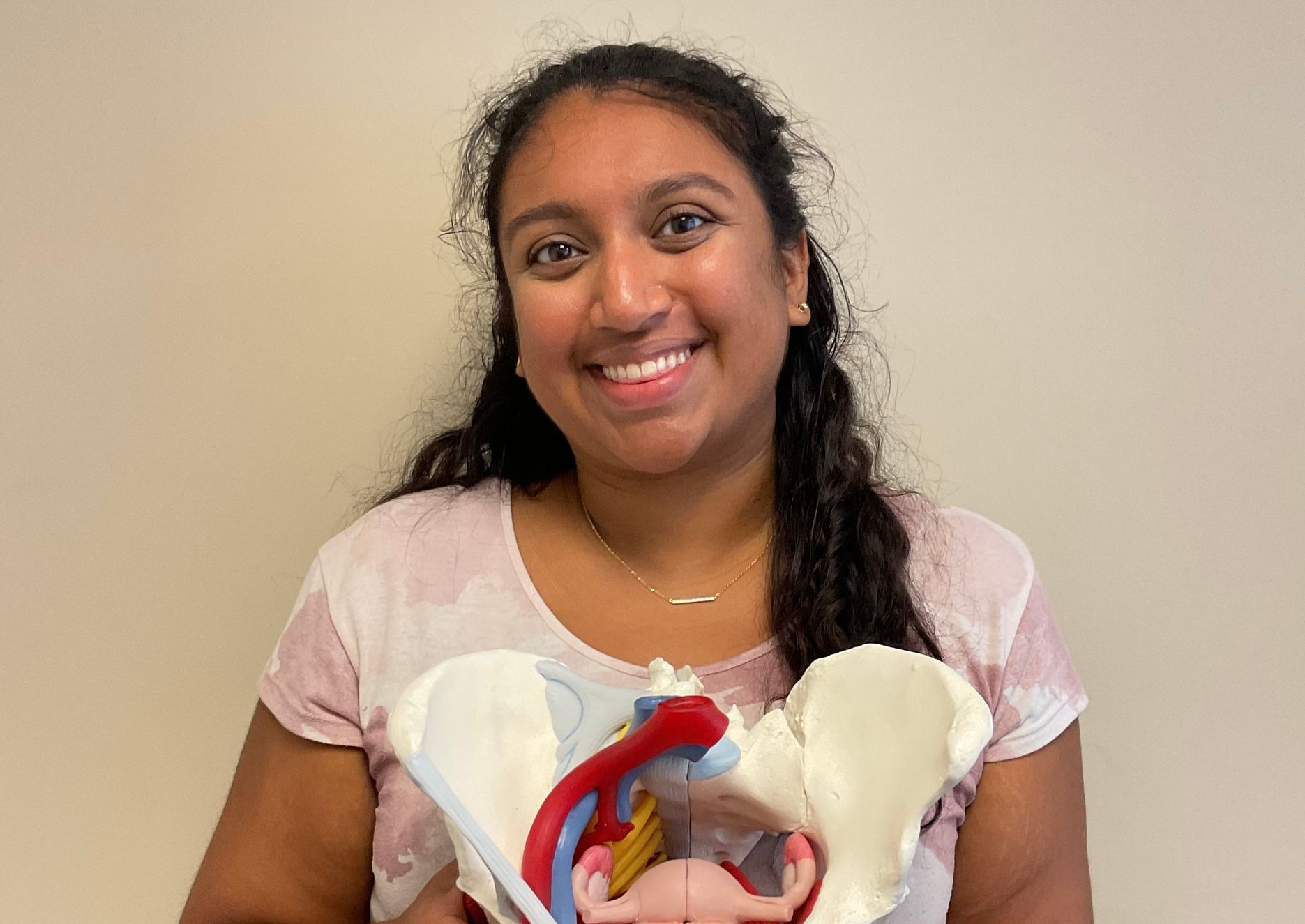C-Sections Scars and How to Care for them Post Partum
A cesarean section (C-section) is a common surgical procedure used to deliver a baby, leaving many women with a horizontal scar just above the pubic bone. While this scar is a natural part of the healing process, it can sometimes lead to complications if not properly addressed. Adhesions, restricted mobility, and scar sensitivity are common issues associated with C-section scars. Learning how to care for and mobilize these scars can significantly improve recovery and overall function.
Understanding C-Section Scar Healing
After surgery, the body creates scar tissue as part of the healing process. This tissue replaces normal skin and muscle but lacks the flexibility and elasticity of the original tissue. In some cases, the scar tissue extends deeper into the layers of the abdominal wall, creating adhesions that can limit mobility, cause discomfort, or even contribute to pelvic floor dysfunction. While every scar heals differently, proactive management can help minimize long-term complications.
When to Start Scar Mobilization
It’s essential to allow your body adequate time to heal before beginning scar mobilization. Most healthcare providers recommend waiting 6 to 8 weeks post-surgery or until the incision is fully closed and cleared by a medical professional. Always consult your doctor or physical therapist before beginning any scar care regimen.
How to Mobilize Your C-Section Scar
Scar mobilization involves gentle massage techniques designed to improve blood flow, reduce adhesions, and restore tissue mobility. Here are some tips for effective scar mobilization:
Prepare Your Skin: Ensure your hands are clean, and use a gentle oil or moisturizer to reduce friction on the skin.
Start Gently: Begin with light pressure, slowly increasing as tolerated. Use your fingertips to massage around the scar in circular motions, moving from superficial layers to deeper tissues over time.
Techniques to Try:
Rolling: Pinch the skin gently above and below the scar and roll it between your fingers.
Stretching: Place two fingers on either side of the scar and stretch it gently in all directions.
Sweeping: Use one or two fingers to glide across the scar horizontally and vertically.
Be Consistent: Spend 5-10 minutes a day on scar mobilization to achieve the best results.
What to Watch For
While scar mobilization can be beneficial, it’s essential to be mindful of your body’s response. Stop if you notice increased pain, redness, or swelling, and consult a healthcare professional if needed.
The Importance of Rebuilding Your Core
After a C-section, your abdominal muscles and core stability can be significantly weakened. Rebuilding your core is crucial for restoring strength, improving posture, and preventing back or pelvic floor issues. Gentle core activation exercises, such as diaphragmatic breathing and pelvic tilts, are a great starting point. Over time, you can progress to more challenging movements with the guidance of a physical therapist.
If you’re unsure how to get started or are experiencing discomfort, Bloom Wellness is here to help. Our team specializes in postnatal recovery, including scar mobilization and core strengthening. Together, we’ll create a personalized plan to help you heal, feel strong, and return to the activities you love.



